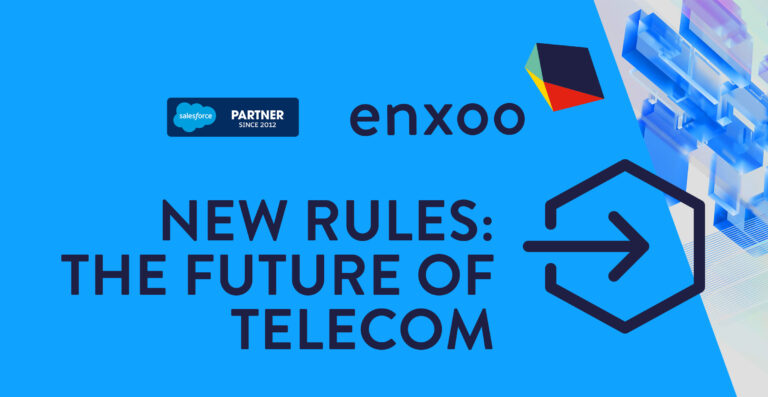Pamiętasz ostatnią wizytę w sklepie stacjonarnym?
Jeśli nie było to targowisko, prawdopodobnie Twoja ścieżka zakupowa rozpoczęła się dużo wcześniej. Być może przeglądałeś produkty online, czytałeś recenzje lub sprawdzałeś media społecznościowe marki i opinie influencerów. Jeśli brzmi to znajomo, nie jesteś sam — ponad 55% kupujących deklaruje, że przed dokonaniem zakupu w sklepie stacjonarnym bada produkty online.
Zmiana pokoleniowa
Rzeczywistość jest taka, że wielu sprzedawców nadal działa tak, jakby był rok 2020, podczas gdy ich klienci żyją już w 2025. Generacja Z — obecnie największa grupa konsumentów — oczekuje zupełnie innego doświadczenia zakupowego. Ci cyfrowi tubylcy dokonują zakupów poprzez transmisje na żywo na TikToku, polegają na społecznych dowodach słuszności przy podejmowaniu decyzji zakupowych i oczekują obsługi klienta tak natychmiastowej, jak wiadomość na Instagramie. Nie widzą już wyraźnego podziału między zakupami online a offline, jednak wielu sprzedawców traktuje media społecznościowe jako przemijający trend, a chatboty jako przełomową technologię.
Według raportu Shopify's 2024 Holiday Retail Report, 55% kupujących z pokolenia Z dokonuje zakupów na Instagramie, a 51% na TikToku. Jednak nie chodzi im tylko o doświadczenia online — generacja Z nadal ceni sobie odkrywanie produktów w sklepach stacjonarnych. Oznacza to, że sprzedawcy muszą wyjść poza mobile i media społecznościowe, tworząc angażujące doświadczenia omnichannel, które płynnie łączą świat fizyczny i cyfrowy — tzw. doświadczenie "phygital".
Doświadczenia hybrydowe
Dzisiejsza ścieżka zakupowa jest bardziej hybrydowa niż kiedykolwiek, ponieważ konsumenci swobodnie przełączają się między kanałami cyfrowymi i fizycznymi. Klient może rozpocząć zakupy w sklepie stacjonarnym, a następnie kontynuować je online – być może dzięki zeskanowaniu kodu QR – lub zacząć online i zakończyć zakup w sklepie, bezpośrednio lub za pomocą usługi „kliknij i odbierz”. Celem jest stworzenie spójnego, wygodnego doświadczenia, niezależnie od tego, gdzie prowadzi ścieżka zakupowa.
Najbardziej udani sprzedawcy nie tylko dodają więcej kanałów obsługi – przemyślają całą podróż klienta, aby zapewnić wyjątkowe doświadczenia w nieoczekiwanych miejscach. Nowoczesna obsługa to przymierzalnia, która oferuje natychmiastowe porady dotyczące stylu, aplikacja mobilna zapamiętująca preferencje użytkownika na wszystkich kanałach czy technologia sklepowej obsługi, która ułatwia zwroty zakupów online. Przykładem może być Apple, które umożliwia płynne przejście od przeglądania produktów online do interakcji w sklepie, zachęcając klientów do dotykania i testowania urządzeń przed zakupem. Albo polska firma VOX Furniture, która wprowadziła VOX BOX – narzędzie VR pozwalające zwizualizować nowe meble we własnym wnętrzu.
Wszechobecna sztuczna inteligencja
Prawdziwy omnichannel w handlu detalicznym nie może dziś istnieć bez AI. Wchodzimy w erę hiperspersonalizowanych doświadczeń zakupowych, w której ogromne ilości danych z interakcji online i offline pomagają sprzedawcom detalicznym zrozumieć intencje klientów, przewidywać ich indywidualne preferencje i dostarczać ukierunkowane promocje we wszystkich kanałach. Przykładem jest Gucci, które redefiniuje luksusową modę, inwestując w AI, aby tworzyć niezwykle spersonalizowane doświadczenia. Integrując eCommerce, media społecznościowe, marketing i urządzenia mobilne, marka zapewnia płynne doświadczenie użytkownika. Jej narzędzia AI dostarczają pracownikom natychmiastowych informacji na temat preferencji klientów i historii zakupów, umożliwiając prawdziwie spersonalizowaną obsługę. Od prognozowania trendów i optymalizacji zapasów po dostosowywanie oferty do młodszych klientów – rozwiązania oparte na AI rewolucjonizują każdy aspekt procesu zakupowego.
Bardziej ekologiczne podejście
Nie chodzi tylko o innowacje cyfrowe – zrównoważony rozwój również kształtuje przyszłość handlu. Pokolenie Z przewodzi zmianom, wykazując silne zaangażowanie w ekologiczne zakupy. Mimo trudności ekonomicznych, świadome klimatycznie podejście do zakupów w 2025 roku zyskuje na popularności. Praktyki takie jak zakupy neutralne pod względem emisji dwutlenku węgla i wsparcie dla nowoczesnych rozwiązań zrównoważonego rozwoju szybko stają się normą. Świadomi ekologicznie konsumenci zwracają uwagę na ekologiczne opakowania i preferują produkty lokalne. W odpowiedzi coraz więcej sprzedawców detalicznych wprowadza programy recyklingu w sklepach i współpracuje z organizacjami non-profit. Tymczasem aplikacje takie jak Vinted napędzają globalny trend zakupów z drugiej ręki, inspirując marki, takie jak IKEA, do uruchamiania własnych inicjatyw, np. IKEA Preowned – platformy, na której można kupować i sprzedawać używane meble IKEA.



